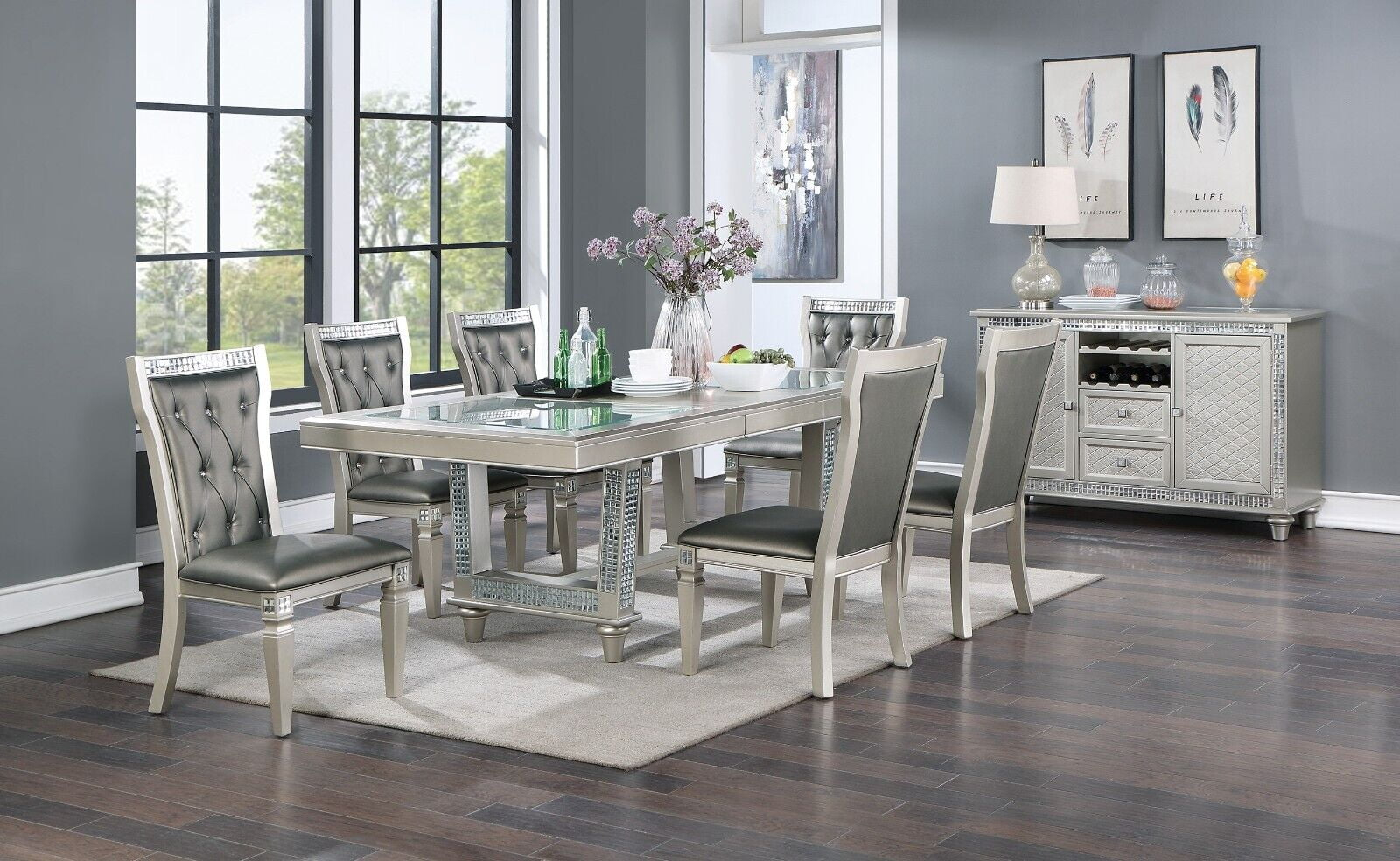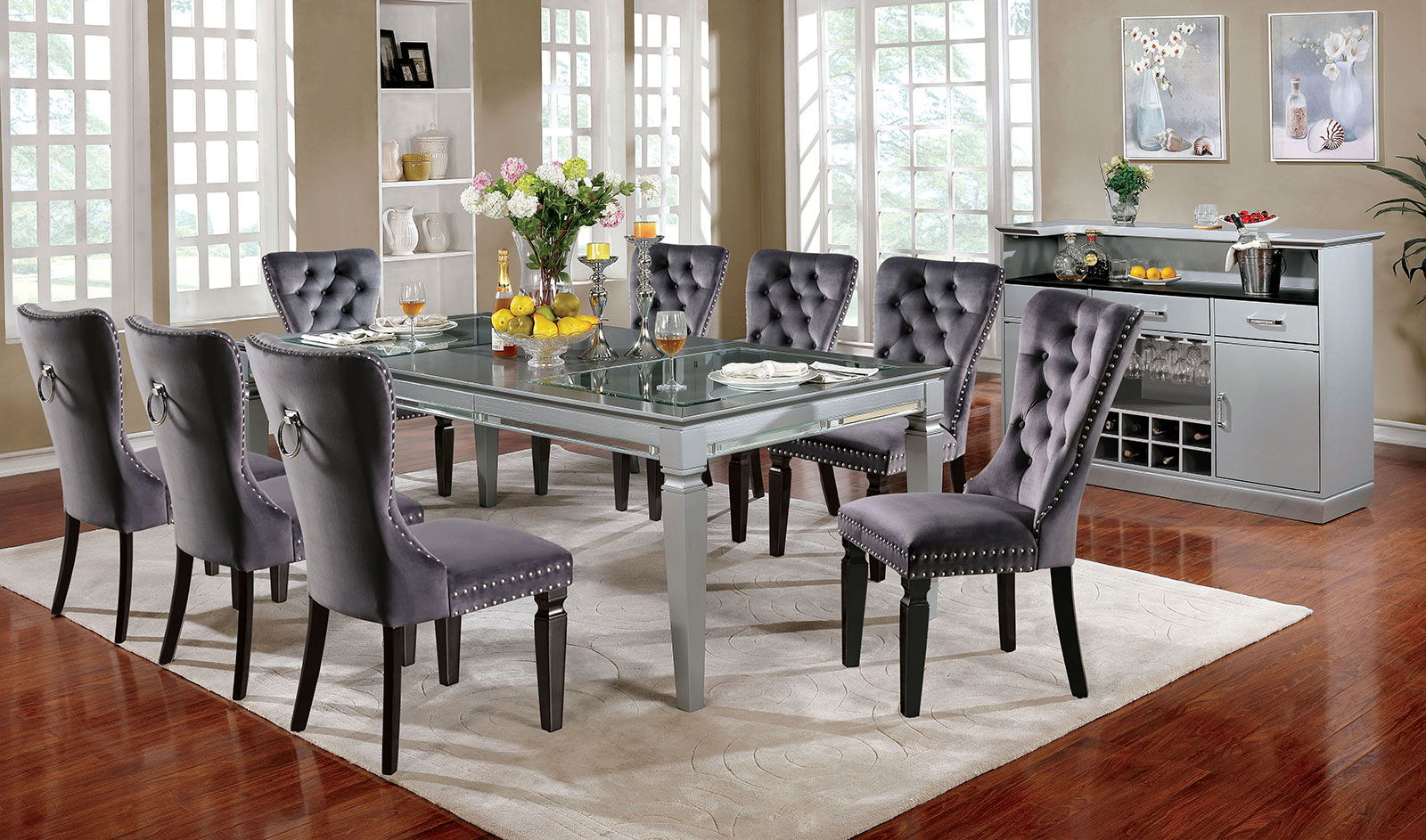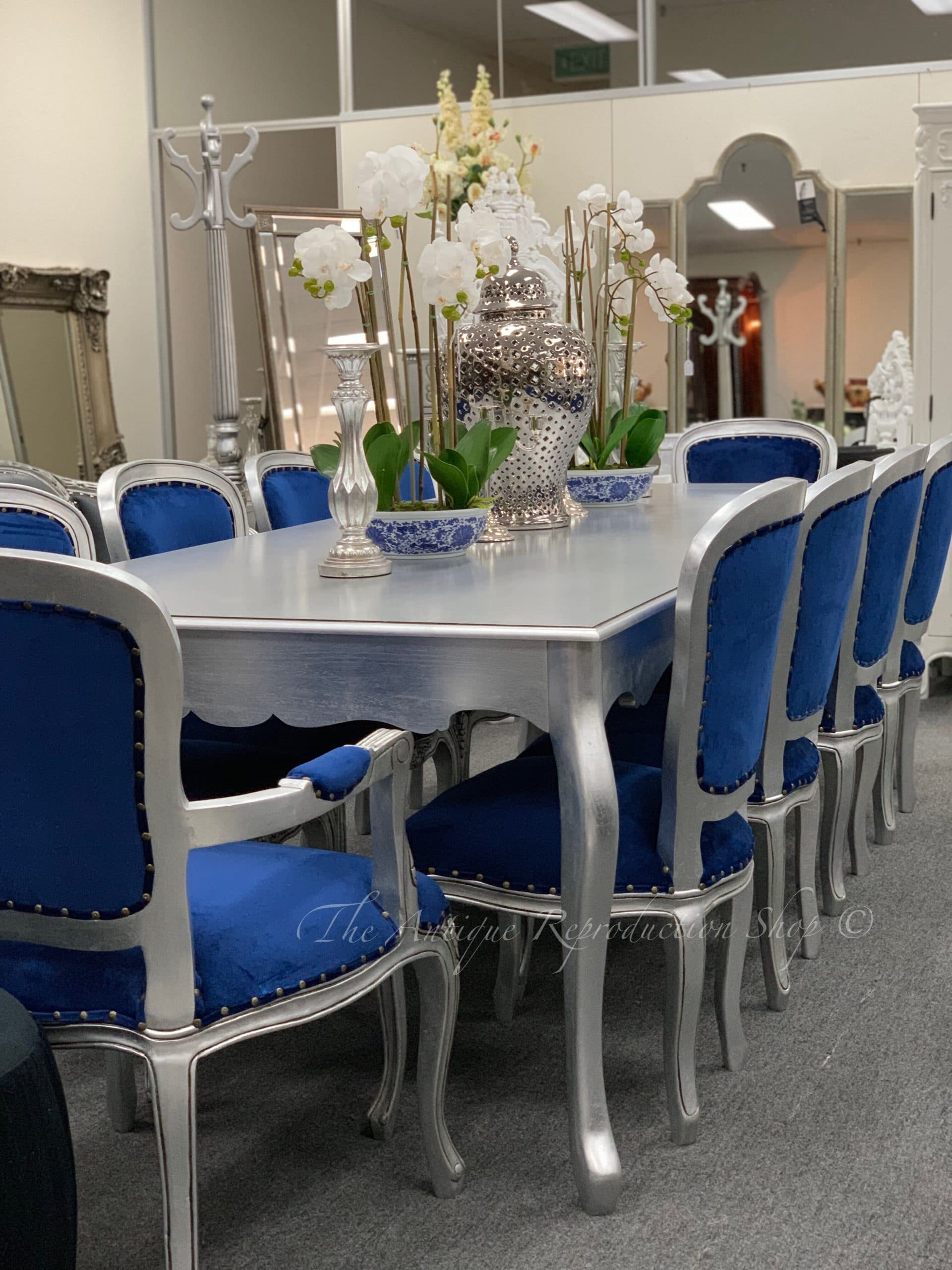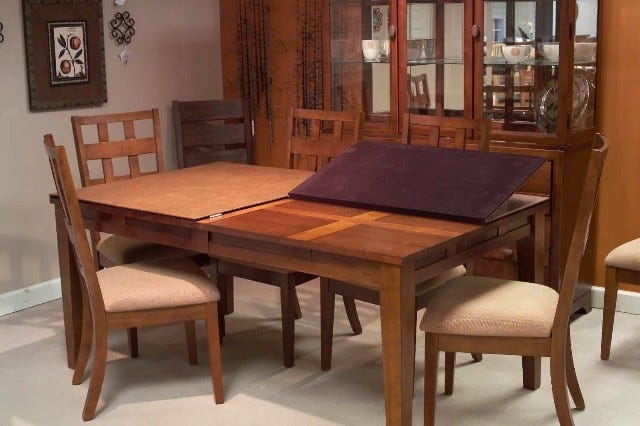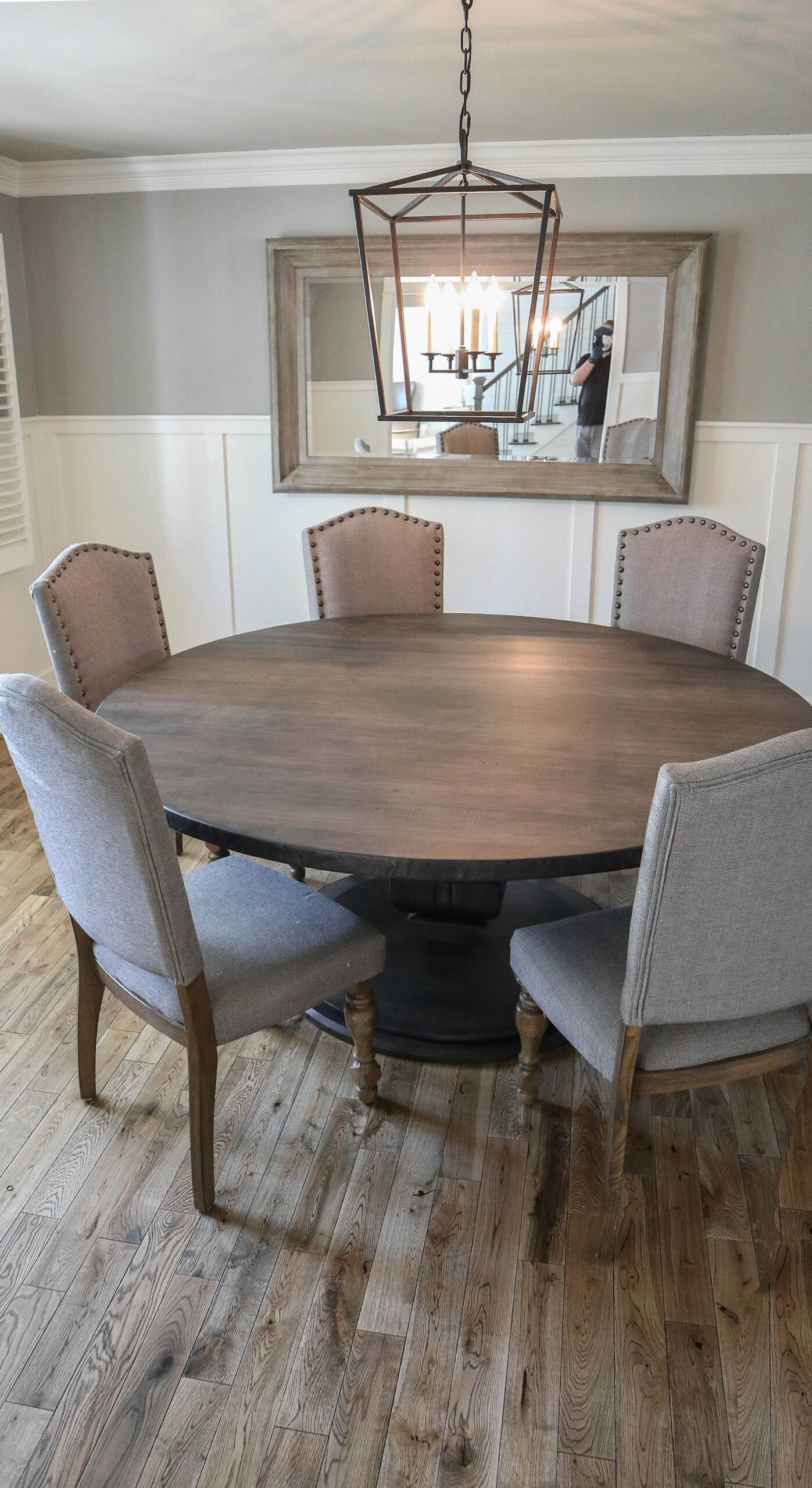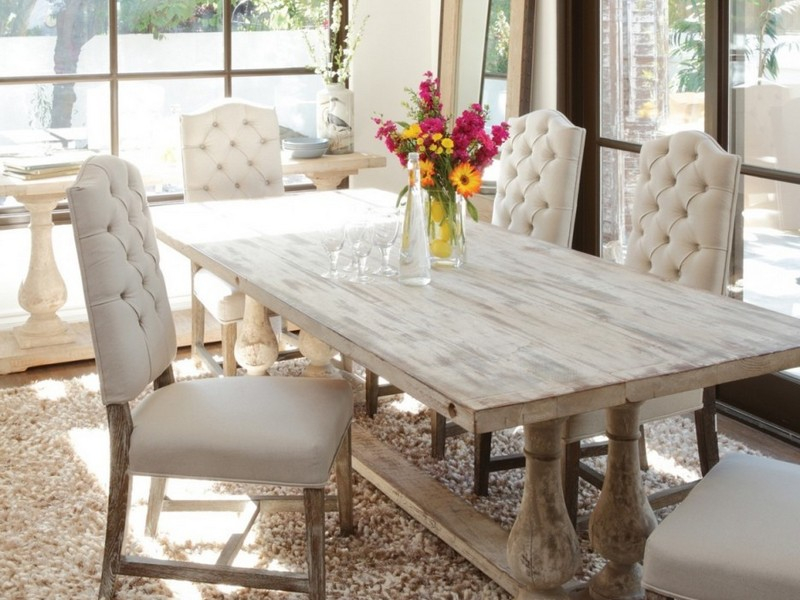There’s something undeniably special about a silver dining table. It evokes images of grand gatherings, cherished memories, and a certain elegance that few other materials can match. But let’s be honest, keeping that beautiful sheen can feel like a constant battle against tarnish and damage. You want it to sparkle, not to look dull and neglected. Well, you’re in the right place. We’re going to dive deep into how to truly care for your silver dining table, ensuring its brilliance lasts for years, even decades, to come. It’s not as daunting as it might seem, and the results are absolutely worth the effort.
Your silver dining table is more than just furniture; it’s a statement piece, a centerpiece for celebrations, and often, a treasured heirloom. Protecting its lustrous finish and preventing damage is key to maintaining its value and its beauty. This guide is designed to give you all the knowledge you need, from everyday care to more involved preservation methods. We’ll cover everything from the best cleaning agents to how to store it properly, making sure that every meal shared around it is as special as the table itself. Think of this as your ultimate handbook for silver table upkeep. Let’s get started on making sure your table shines for every occasion.
Understanding Silver and Tarnish: The Basics
Before we get into the nitty-gritty of care, it’s helpful to understand what’s happening when your silver starts to lose its shine. Tarnish is essentially a chemical reaction. Silver reacts with sulfur compounds in the air – things like hydrogen sulfide – causing a dark layer to form on the surface. It’s not rust, don’t worry. It’s more like a patina, but one we usually want to remove to reveal that brilliant shine. Knowing this helps us choose the right methods for cleaning and protection. The environment plays a big role, too. High humidity and exposure to certain foods, like eggs and onions, can speed up the tarnishing process. So, awareness is your first line of defense.
Gentle Cleaning: Restoring the Gleam
When it’s time to clean, gentleness is paramount. Harsh chemicals or abrasive scrubbers can scratch the silver and damage the protective lacquer, if present. For regular cleaning, a soft, lint-free cloth is your best friend. A gentle wipe-down after use can remove fingerprints and light smudges before they become a problem. For more stubborn tarnish, a specialized silver polish is usually the way to go. Look for polishes that are specifically designed for fine silver and avoid those with harsh abrasives. Always apply the polish to the cloth, not directly to the table, and rub gently in a back-and-forth motion, following the grain of the silver if visible. Rinse thoroughly with warm water and dry immediately with another clean, soft cloth to prevent water spots. Some people swear by homemade solutions like baking soda and water paste, but use this with extreme caution and only on a small, inconspicuous area first, as it can be quite abrasive if not used correctly. Always test first.
Preventative Measures: Stopping Tarnish in its Tracks
Prevention is always better than cure, right? The best way to keep your silver table gleaming is to minimize its exposure to tarnish-causing agents. Store your table properly when it’s not in use. Using anti-tarnish cloths or bags is highly recommended. These fabrics contain special compounds that absorb sulfur gases, creating a barrier against tarnish. If you don’t have these, a clean cotton sheet or flannel can also offer some protection. Avoid storing silver near rubber, wool, or felt, as these materials can also accelerate tarnishing. Keep your dining area well-ventilated and try to avoid storing food items with high sulfur content, like eggs or onions, directly on or near the silver surface for extended periods. Regular, light dusting with a soft cloth can also make a significant difference in preventing buildup.
Protecting Against Physical Damage
Beyond tarnish, physical damage is another major concern for a silver dining table. Scratches, dents, and heat marks can all detract from its beauty. Always use placemats and coasters, even if you’re just placing down a glass of water. These provide a buffer against accidental scratches and prevent rings from forming. When serving hot dishes, use trivets or hot pads to shield the silver from direct heat, which can cause discoloration or even warping. Be mindful of sharp objects, like knives, when setting the table or clearing dishes. Even seemingly small nicks can become more noticeable over time. If you have a silver-plated table, the base metal can show through if the plating wears thin, so extra care is needed with these pieces.
Special Considerations for Different Finishes
Not all silver tables are created equal. Some might have a polished, mirror-like finish, while others might have an antique or brushed appearance. The care required can vary. For highly polished finishes, regular buffing with a soft cloth is essential to maintain that high shine and remove any dust that can dull the surface. For antique finishes or those with intricate detailing, be extra careful not to polish away the patina that gives them their character. Sometimes, a gentle dusting is all that’s needed. If your table has a lacquered finish to protect the silver, you’ll need to be even more cautious. Lacquer can chip or crack if exposed to harsh cleaners or extreme temperatures. In such cases, focus on gentle dusting and avoid polishing agents altogether unless the lacquer is specifically designed to be polished. Check with the manufacturer if you’re unsure about the finish.
When to Call the Professionals
While most everyday care can be handled at home, there are times when professional help is the best option. If your table has suffered significant damage, like deep scratches, dents, or if the plating is severely worn, a professional silversmith or restoration expert can work wonders. They have the specialized tools and knowledge to repair these issues without causing further harm. For very old or valuable antique tables, it’s often wise to consult a professional before attempting any significant cleaning or restoration yourself. They can assess the condition and recommend the most appropriate course of action to preserve its integrity and value. Don’t hesitate to seek expert advice for those truly precious pieces. It’s an investment in preserving a legacy.
Caring for a silver dining table is a labor of love, but it’s a rewarding one. By understanding how tarnish forms and by employing gentle cleaning and preventative strategies, you can ensure your table remains a stunning focal point for years to come. Remember to be patient, use the right materials, and always prioritize preservation. Your beautiful silver table is a testament to quality and enduring style, and with a little consistent attention, it will continue to shine brightly for generations of family and friends to gather around. So, go ahead, set the table, and enjoy the magnificent glow it brings to your home. It’s truly a treasure worth cherishing.


